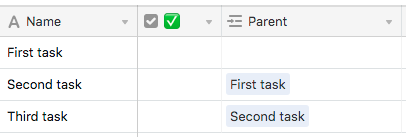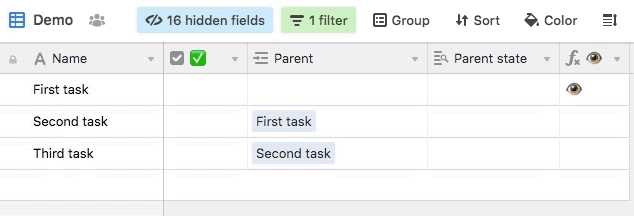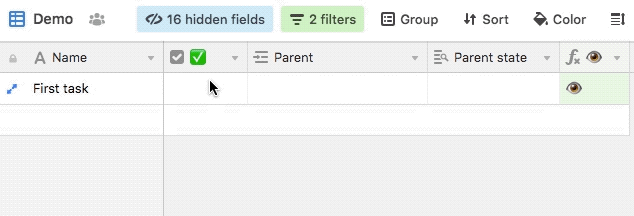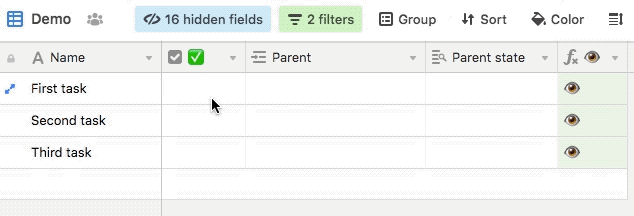Hi, I am new to AirTable so this may be simple, but I would appreciate being pointed in the right direction.
I am attempting to make a To-Do List/Task Manager Base. I am listing out the individual steps for each project as their own record line. Is there a way to create a summary table or view that would show me only the next action/line that needs to be done for each project and then would add the next line when that one gets checked off/completed? I am attempting to do this so I only have ~8 items on my list instead of 100s and can fight off the overwhelm.
If AirTable can’t do this, do you have any suggestions of other programs that might be able to?





 :
:
